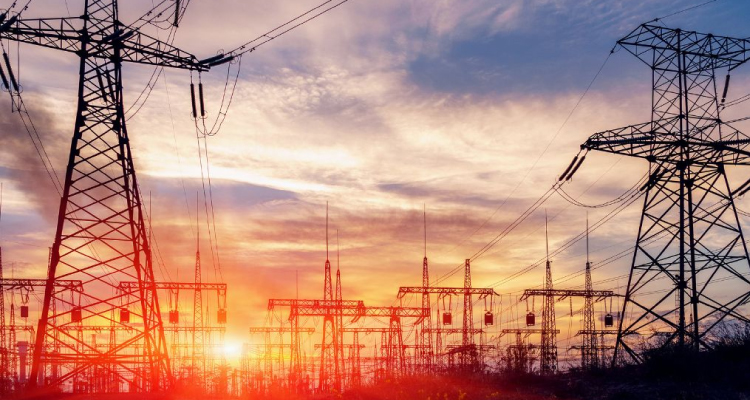
Pakistan Textile Exporters Seek Solutions for High Power Tariffs
ISLAMABAD: Amidst high power tariffs that are affecting their competitiveness, textile and apparel exporters are meeting with Commerce Minister Gohar Ejaz on Friday in the hopes of receiving a strategic plan to grow their shipments to $50 billion in the next four years.
The first meeting of the Export Advisory Council for Textiles, which was established by the government last month to provide guidance on export promotion strategies, will take place in a consultative session with the minister and other relevant parties.
On November 22, the government announced the creation of two Export Advisory Councils, one focused on textiles and the other on non-textile products. Minister Ejaz serves as the chairman of both councils, and their mandate is to identify workable and realistic strategies to increase the nation exports in light of its current economic situation.
During its consultative session, the Export Advisory Council may develop a strategy plan today that centers on competitively priced energy availability, a set tax refund system, a shift to zero emissions energy for exports, and a strong track and trace mechanism.
According to the textile sector, expenditures for expansion, upgrading, and launching new locations are being halted, and current units are closing as a result of the high electricity prices of 14 cents per unit (Rs43 per unit).
"High power tariffs are crowding out the export sector, as firms find it financially unfeasible to compete in international markets. The threshold value of power tariffs, above which the export sector faces challenges, is estimated at 12.5 cents/kWh. Beyond this, existing units are increasingly shut down, and investment in expansion and upgradation and opening of new units is halted, causing an overall decline in production and exports," a senior official of the commerce ministry told The News.
No doubt, the official stated, Pakistan exports of clothing and textiles have seen significant changes recently. More than 70% of Pakistan textile exports are apparel and manufactured textile items. About 70% of exports are made to the UK, USA, and EU. With the RCET (regionally competitive energy tariff), textile and apparel exports rose from $12.5 billion in FY20 to $19.3 billion in FY22, a 54 percent rise in just two years.
The recent $5 billion investment in the modernization and development of manufacturing facilities, which will generate an extra $5 billion in yearly exports and 0.3–0.5 million new jobs, served as the foundation for this boom.
But FY23 was not without its difficulties, with textile exports falling by 15% to $16.5 billion. A major factor was the RCET withdrawal during a larger macroeconomic crisis. This has caused the profitability to decline as At nine cents per kWh, energy expenses account for 12–18% of total input costs in the textile value chain. Major textile exporters are impacted as power tariffs rise to 14 cents per kWh, cutting profitability from 8.61 percent to 1.00 percent.
There has been noticeable movement away from conventional exports like yarn and grey fabric and towards high value-added commodities. The textile industry in the nation has shown remarkable achievement in value addition. Three to four years ago, every one unit of cotton input was converted into 2.5 units of value-added exports; today, that number is up to 3.9 units.
According to him, an analysis of US garment companies trade with Pakistan reveals that just 48% of them source from Pakistan, while 97% of them do so from China, Vietnam, and Bangladesh.
At the moment, China leads the global market for textiles and clothing, with Bangladesh, Vietnam, and India following. Pakistan share of this industry is quite small. However, since 2014, Bangladesh and Vietnam textile and clothing exports have surged, while China proportion of global exports has decreased. Pakistan has not experienced much development. To encourage investment in the nation textile industry, the export advisory council consultative session may request that the government match regional incentives.